Plant Based Butchery Knife Skills and Approaches
12 min read Explore expert knife skills and innovative approaches for crafting plant-based cuts, elevating plant cuisine with precision and artistry. July 29, 2025 12:05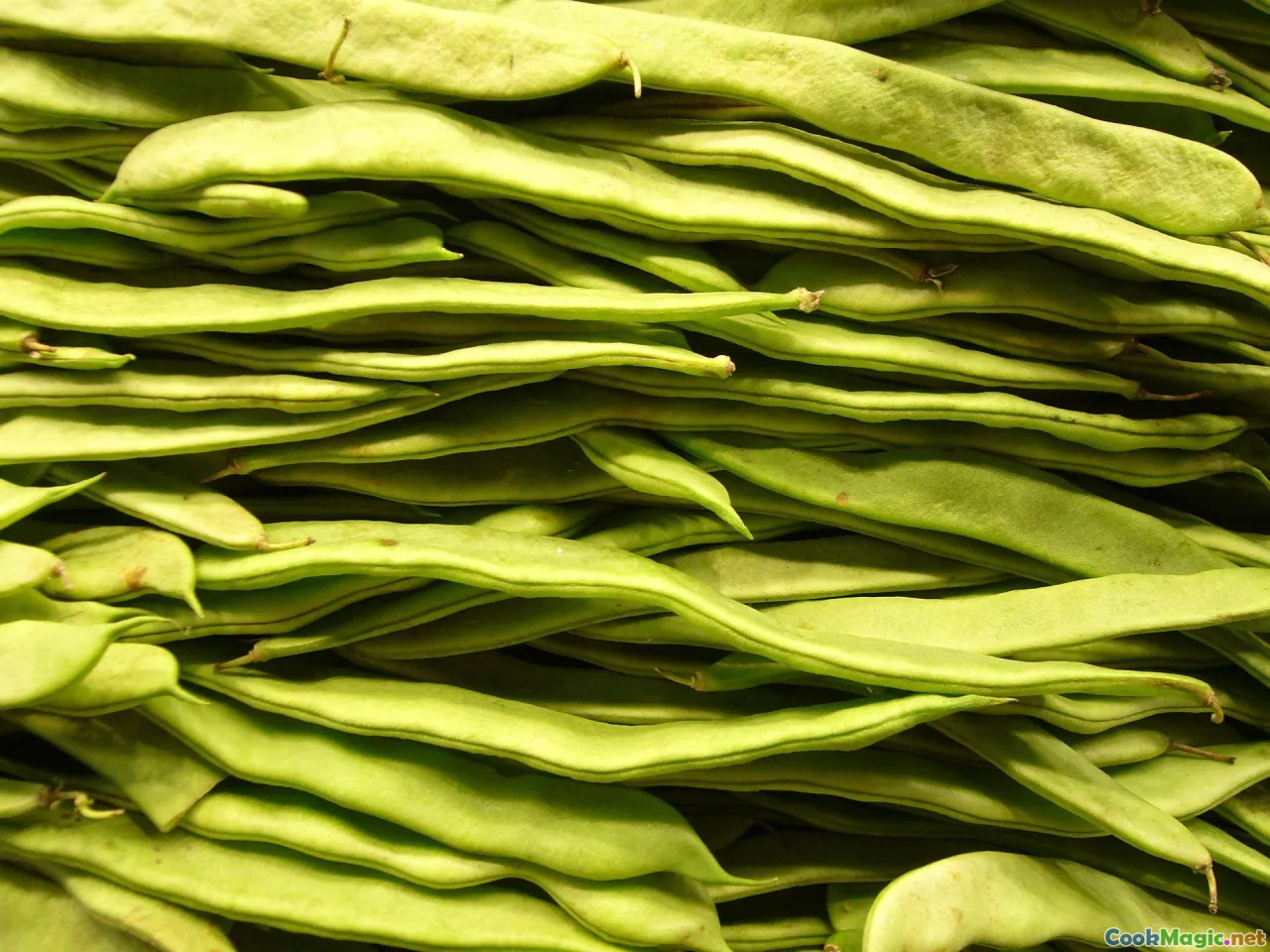
Plant-Based Butchery Knife Skills and Approaches
In the vibrant world of plant-based cuisine, the knife is more than just a kitchen tool—it’s an extension of your culinary passion, a brushstroke in a vivid painting of flavors, textures, and colors. Developing refined butchery skills tailored to plant-based ingredients opens up a realm of culinary artistry where vegetables, fungi, pulses, and grains come alive in every cut, shaping dishes that honor tradition and foster creativity.
Imagine standing in a sun-dappled vegetable market in Provence, the air thick with the sweet, earthy aroma of heirloom tomatoes and the scent of fresh basil. Or recall the satisfying crunch of caramelized root vegetables blanketing a steaming bowl of layered vegetable lasagna. These sensory experiences hinge on your ability to cut with purpose and precision, transforming humble ingredients into masterpieces.
This article explores comprehensive knife skills and approaches specifically geared toward plant-based butchery, blending techniques passed down through culinary traditions with innovative methods that nurture flavor, texture, and visual appeal. Whether you are a home cook or a professional chef committed to sustainability and creativity, mastering these skills enriches your kitchen vocabulary and elevates your plant-centric dishes.
The Foundations of Plant-Based Butchery: Essential Knives and Care
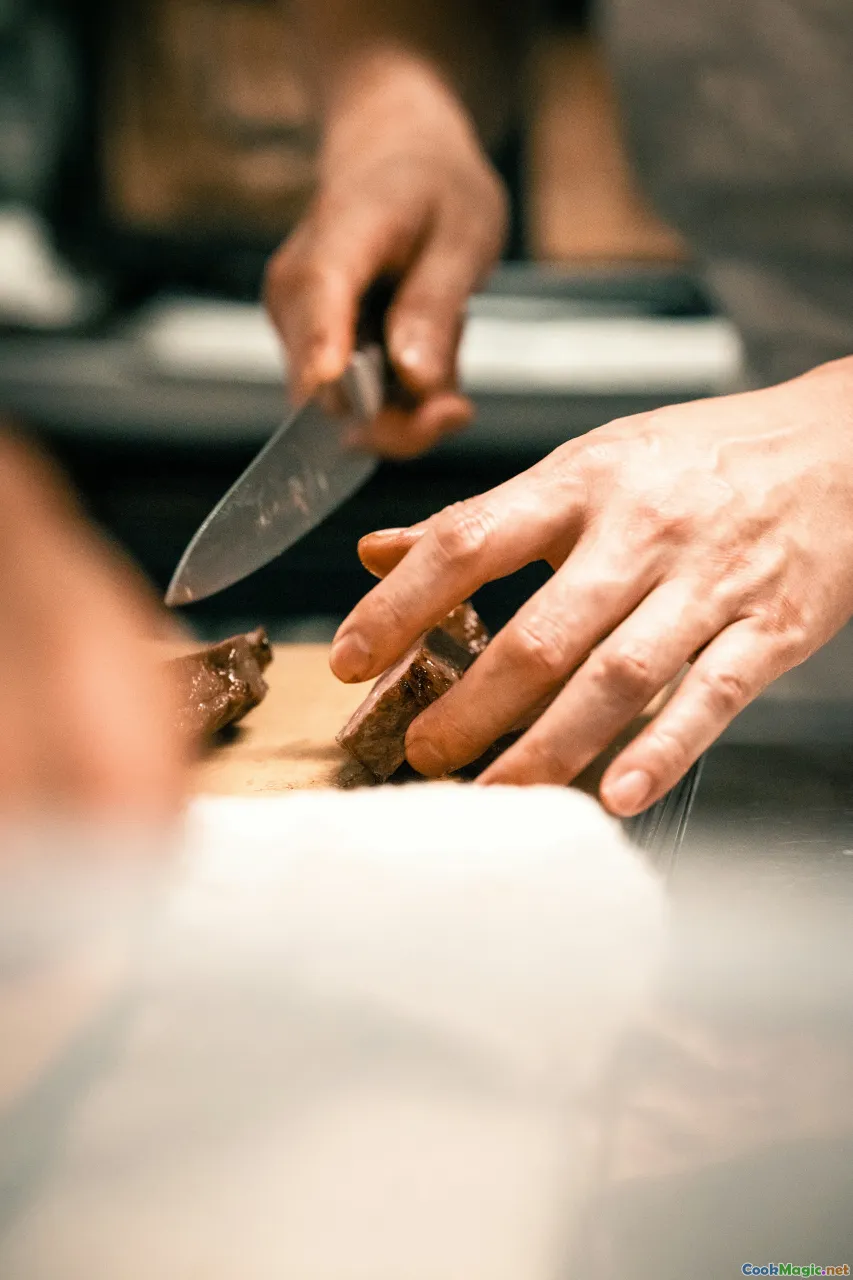
Before delving into specific techniques, it’s crucial to establish a solid foundation: your tools and their maintenance. High-quality, sharp knives are indispensable. Dull blades crush or tear delicate plant fibers, leading to uneven cooking and compromised textures. A sturdy chef’s knife (8–10 inches) with a sharp, wide blade ensures balance and control, whether you’re slicing zucchini paper-thin or dicing an onion.
A versatile paring knife, serrated bread knife, and a dedicated, sharp cleaver or butcher’s knife for tougher tasks round out the essential toolkit. Regular sharpening on a whetstone or honing steel keeps your edges pristine—think of it as a dance partner that responds gracefully to your moves.
Personal Tip: Invest in a sharpening stone and develop a routine to hone your knives after each use, preserving their edge and ensuring safety.
Techniques for Preparing Vegetables and Fruits: Precision and Respect

Vegetables and fruits are the canvas of plant-based butchery. How you prepare and cut them influences not only presentation but also texture and flavor release.
Slicing, Dicing, and Julienne Precision
Mastering clean, even slices is vital. For ingredients like zucchini or eggplant, aim for uniform thickness—about ¼ inch slices—that allows for even cooking and consistent texture. Use a slicing guide or a ruler if necessary, especially when preparing dishes like tempura vegetables or rolled sushi wraps.
Julienning involves cutting vegetables into matchstick-sized pieces—imagine the delicate crunch of fennel or the crisp freshness of daikon in a Vietnamese salad. To julienne correctly:
- Trim and square off the vegetable for stability.
- Slice into manageable slabs.
- Stack and cut into thin strips.
This technique not only creates an elegant appearance but also maximizes surface area for flavor absorption—crucial for dishes like stir-fries or pickled vegetable assortments.
Dicing with Intent
Dicing courgettes or peppers into even cubes facilitates uniform cooking—important in ratatouille or vegetable stews. Always remember: sharp, precise cuts translate into even dishes.
Cultural Note: In traditional Japanese kaiseki cuisine, such meticulous vegetable preparation elevates plant ingredients to fine art, emphasizing patience and respect.
Carving and Butchery Techniques for Mushrooms and Fungi

Fungi—especially mushrooms—bring umami depth and earthy aroma that shift the flavor landscape of plant-based dishes. The way you carve and prepare mushrooms affects their texture and how their flavors are expressed.
Whole Mushroom Handling and Basic Carving
For broader mushroom varieties like portobellos or large shiitakes, start by cleaning gently with a damp cloth to preserve their delicate surface. To prepare:
- Remove stems if necessary for stuffing.
- Slice or dice depending on your dish.
- For a more refined presentation, thinly slice mushrooms to resemble sashimi cuts, revealing their gilled underside and tender interior.
Creative Mushroom Carving
Some chefs excel at carving intricate designs into mushrooms—stars, flowers, or even tiny figurines—bringing a whimsical touch to tapas or garnishes. Use a paring knife and patience, carving into the cap’s surface carefully, taking care not to crush the tissue.
Chefs’ Tip: Marinate carved mushrooms in a mixture of soy, garlic, and sesame oil to enhance their flavor and presentation.
Leafy and Green Texture Management
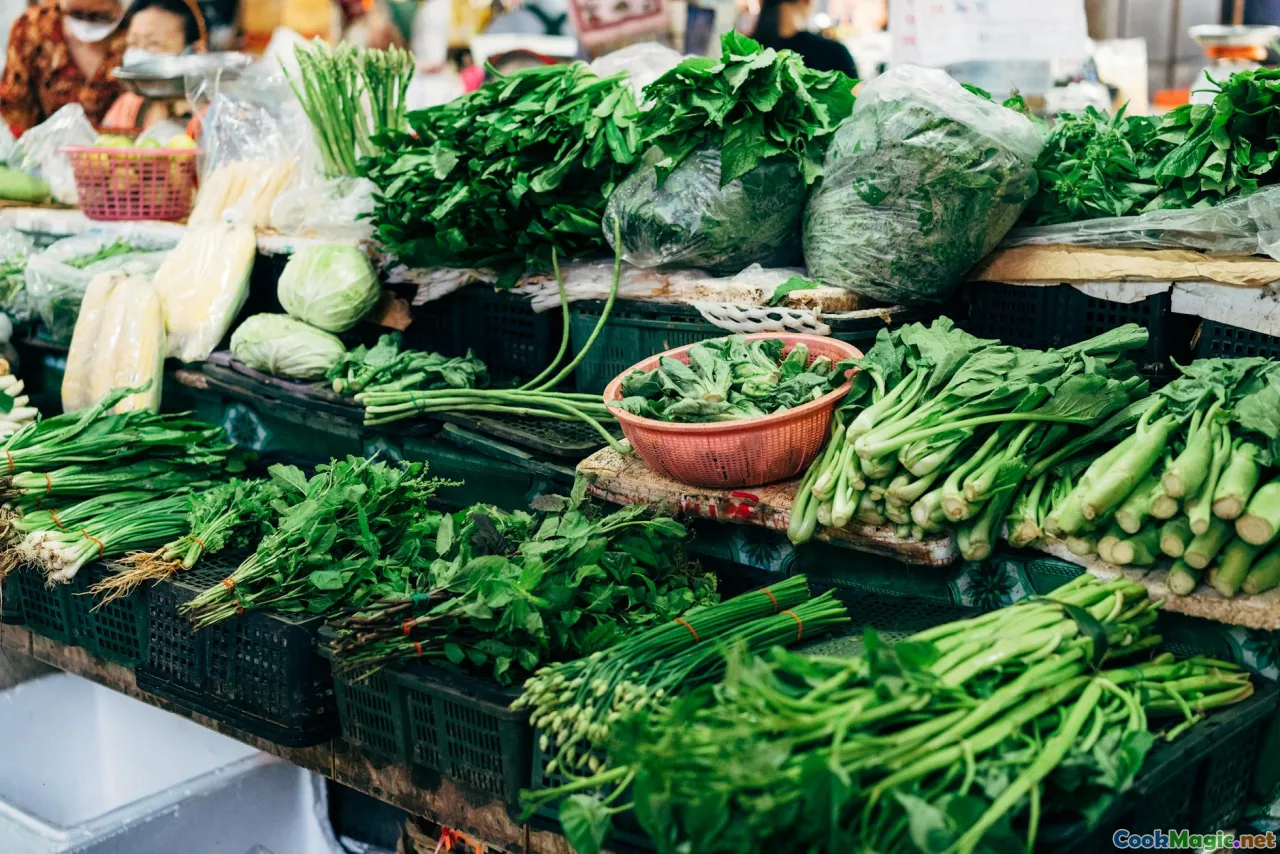
Greens like kale, spinach, and bok choy maintain vital nutrients and contribute fresh, crisp textures. Proper handling and cutting techniques preserve their integrity.
Tearing vs. Cutting
While tearing lettuce might seem rustic, it damages the cell structure, causing discoloration and sogginess. Instead, use a sharp knife to chop greens into manageable pieces. For tougher greens like kale, remove ribs and stack leaves for efficient slicing.
Blanching and Refreshing
For some dishes, greens benefit from blanching—a quick boil or steaming—followed by plunging into ice water. This process maintains vibrant color, tenderizes fibrous tissues, and prepares them for stuffing, wrapping, or integrating into salads.
Personal Insight: In my experience, chopping greens just before serving preserves their crispness and enhances flavor sense perceptions.
Structural Approaches: Assembling Plant-Based 'Butchery'
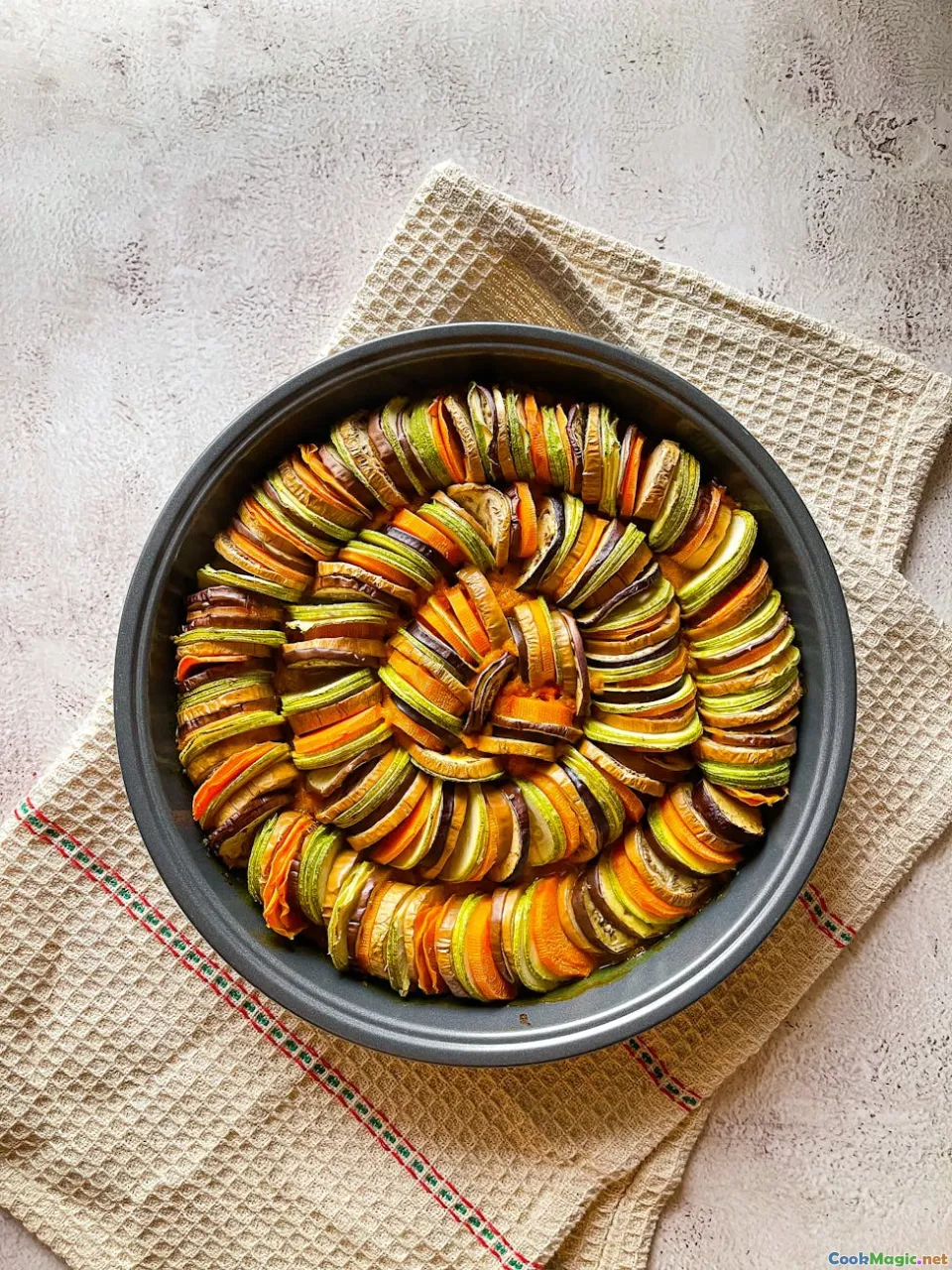
Plant-based butchery isn’t solely about cutting; it’s about fabricating structure—creating layers and shapes that mimic traditional butchery’s sense of sculpture.
Shaping and Layering
Think of your ingredients as building blocks. For instance, layered beet or carrot terrines showcase meticulous vertical cuts, revealing concentric circles of color.
Mimicking Meat Cuts
Using techniques like sous vide, or precise slicing, certain vegetables can emulate the texture and appearance of sliced beef or chicken breast. Thinly sliced eggplant or firm squash can be seasoned, rolled, and layered to imitate charcuterie or stews.
Using Bindings and Textures
In vintage French dishes like ‘daube’ or ‘pot-au-feu’, ingredients are assembled with care. Similarly, creating plant-based roulades involves slicing zucchini thinly and rolling with flavorful stuffing—think herbs, sun-dried tomatoes, or nut-based pâtés.
Innovative Approaches and Tips for Elevating Plant Butchery
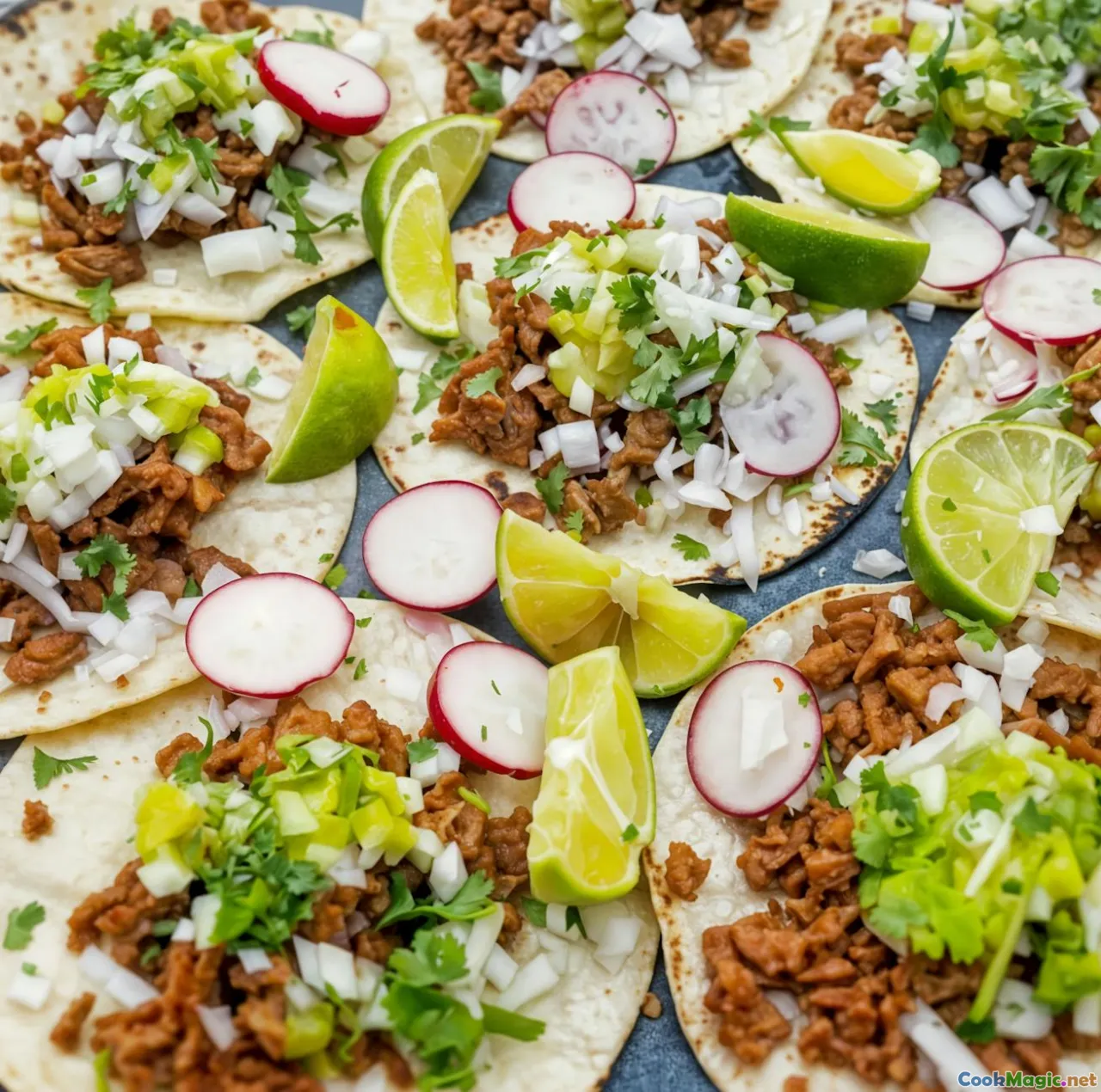
The art of plant-based butchery continually evolves. Here are some innovative approaches and tips:
- Textural Contrasts: Combine crunchy, tender, and chewy elements within a dish—contrast is key.
- Flavor Depth: Marinate and cure vegetables and fungi to inject umami and complex flavors.
- Visual Play: Use colors and shapes to craft visually striking presentations inspired by nature and traditional butchery aesthetics.
- Cultural Inspiration: Explore culinary traditions such as Middle Eastern falafel wraps, Japanese tsukemono, or Mediterranean roasted vegetable platters, adapting their cutting and assembly techniques.
Practical Tips:
- Use a damp cloth to stabilize slippery ingredients.
- Keep a separate cutting board for delicate produce to prevent cross-contamination.
- Practice patience—perfect cuts take practice but reward with better taste perception.
From Field to Fork: Emotional and Cultural Significance
In many cultures, the act of butchering is laden with tradition, history, and emotion. Applying similar reverence to plant-based ingredients reconnects us with respect for nature’s bounty.
In Mediterranean countries, peeling and slicing eggplants with care reflects a ritualistic respect for the ingredient. In Japan, the precision of vegetable carving elevates a simple radish into a symbol of artistry. These cultural practices show that how we cut and prepare ingredients influences not just flavor and texture, but also our emotional connection to food.
Adopting these techniques cultivates patience and mindfulness, aligning with modern movements toward sustainable and ethical eating. It transforms cooking from a mechanical task into a meditative craft, deepening our appreciation for plant-based cuisine's rich tapestry.
Celebrating Plant-Based Craftsmanship
Ultimately, mastering plant-based butchery knife skills is about storytelling—building dishes that evoke emotion, culture, and personal history. Whether you’re crafting a rustic ratatouille highlighting hearty summer vegetables, assembling intricate vegetable terrines for a festive occasion, or carving fungi into delicate sculptures, every cut is an act of love.
Embrace the tactile pleasure of slicing, the visual delight of precisely assembled ingredients, and the aromatic magic that unfolds when herbs and spices merge with perfectly prepared produce. Your knife becomes a conduit—bridging tradition with innovation, artistry with sustainability.
In the end, it’s not just about cutting vegetables; it’s about expressing your culinary soul through every precise stroke, honoring the edibility of nature’s gifts, and inspiring others to see the beauty in the plant kingdom.
Happy carving, and may your plant-based journey be filled with flavor, distinction, and heart.









